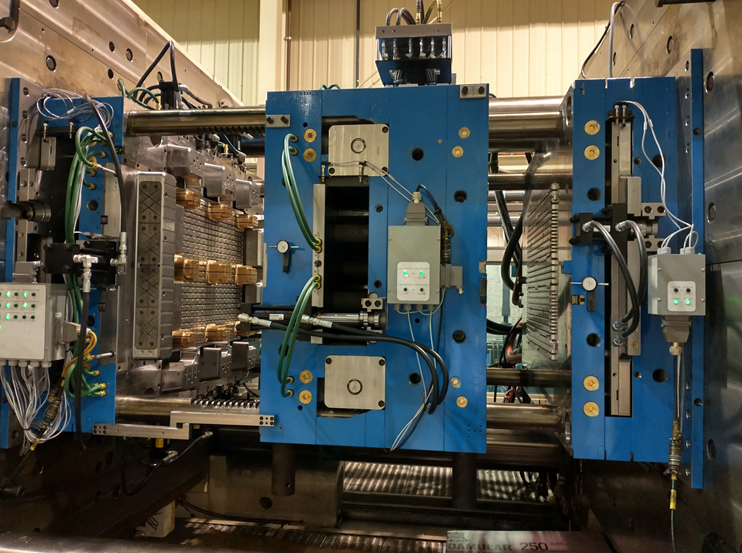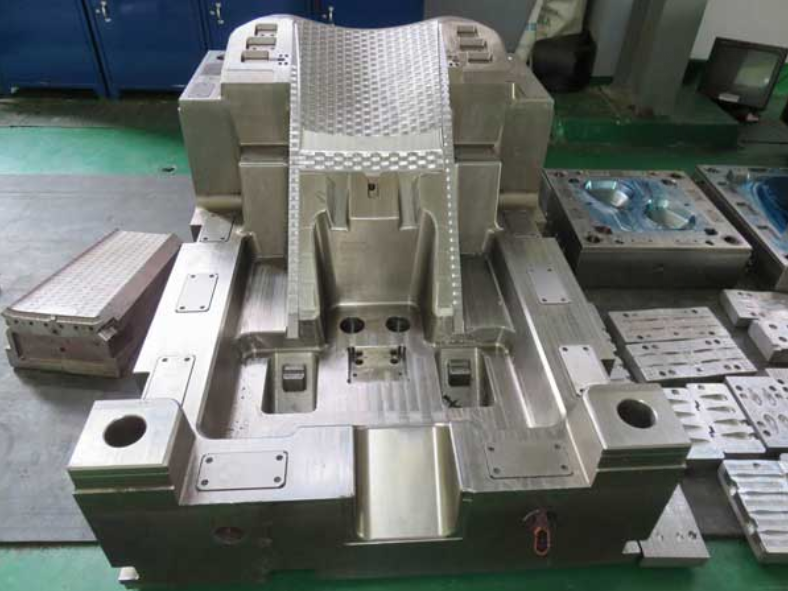Crafting the Perfect Mold: Designing a Plastic Fruit Crate Mold for Efficient Production
The efficient production of plastic fruit crates requires a well-designed mold. The mold plays a crucial role in ensuring the quality, durability, and cost-effectiveness of the crates. This article aims to explore the key considerations and steps involved in designing a plastic fruit crate mold for efficient production.

Understanding the Requirements:
Before diving into the mold design process, it is essential to have a clear understanding of the requirements. This includes factors such as the size, weight-bearing capacity, and stacking ability of the fruit crates. Additionally, considering the specific fruit types to be stored and transported in the crates is crucial to designing appropriate ventilation and drainage features.
Material Selection:
Choosing the right material for the mold is crucial to ensure the durability and longevity of the plastic fruit crates. High-density polyethylene (HDPE) is a commonly used material due to its strength, chemical resistance, and ability to withstand temperature variations. Careful consideration should also be given to the color of the material to ensure the crates are visually appealing and can withstand UV exposure without fading.
Mold Design:
a. Parting Line Design: The parting line determines how the mold splits into two halves – the core and the cavity. It is crucial to design the parting line in a way that minimizes flash and ensures easy ejection of the crate from the mold. The parting line should also be strategically placed to minimize the impact on the crate’s aesthetics.
b. Cooling System: Efficient cooling is essential to reduce cycle time and ensure consistent quality. The cooling channels should be well-designed to evenly distribute cooling water throughout the mold, ensuring uniform cooling and preventing warping or shrinkage of the plastic. Advanced cooling techniques, such as conformal cooling, can be employed to optimize cooling efficiency.
c. Ejection System: An effective ejection system is necessary to ensure the smooth release of the plastic fruit crate from the mold. Properly designed ejector pins, sleeves, and lifters should be incorporated to prevent any damage to the crate during ejection. It is important to consider the crate’s geometry and draft angles to facilitate easy ejection.
d. Venting and Drainage: Venting and drainage features are crucial in preventing air traps and ensuring proper filling of the mold. Adequate venting allows the escape of trapped air, preventing defects such as voids or burn marks. Drainage channels should also be incorporated to facilitate the removal of excess water during the cooling process.
Mold Fabrication and Testing:
Once the mold design is finalized, it is time to fabricate the mold. Skilled mold makers should be employed to ensure precision and accuracy in the fabrication process. After fabrication, thorough testing should be conducted to verify the mold’s functionality and identify any potential issues. Prototypes can be produced to evaluate the crate’s quality, fit, and function.
Maintenance and Optimization:
Regular maintenance is crucial to prolong the mold’s lifespan and ensure consistent production quality. Cleaning, inspecting, and lubricating the mold components should be done at regular intervals. Any signs of wear or damage should be promptly addressed to prevent production delays or inferior-quality crates. Periodic optimization of the mold design can also be done to improve production efficiency and reduce costs.
Conclusion:
Designing a plastic fruit crate mold for efficient production involves careful consideration of requirements, material selection, mold design, fabrication, and maintenance. A well-designed mold can significantly enhance production efficiency, minimize defects, and ensure the durability and functionality of the plastic fruit crates. By following the key considerations and steps outlined in this article, manufacturers can craft the perfect mold and optimize their plastic fruit crate production.
-
Creating a Plastic Fish Crate Mold for Efficient Aquaculture Operations
2023-7-21
Aquaculture operations have become increasingly popular in recent years due to the growing demand for fish and seafood p...
詳細を見る -
Creating Large-Scale Plastic Molds: A Step-by-Step Guide
2023-6-19
Plastic molding is a process that involves creating plastic parts by injecting molten plastic into a mold. Large-scale p...
詳細を見る -
Design and Production of Plastic Pallet Mould: Enhancing Efficiency and Sustainability
2023-8-5
Introduction Plastic pallets have become an indispensable part of the logistics industry, offering numerous advantages o...
詳細を見る -
Innovative design, plastic large turnover box mold is more efficient
2024-3-19
Plastic large turnover box mold, this thing sounds very professional, but in fact it is a powerful assistant in our indu...
詳細を見る -
Industrial Plastic Molds: Precision Tools for Manufacturing
2024-5-31
In the vast world of manufacturing, industrial plastic molds have become an indispensable and important tool with their ...
詳細を見る -
Plastic Pallet Molds: Industry News and Technology Developments
2024-2-19
As an important logistics container, plastic pallets are widely used in warehousing, transportation, packaging, and othe...
詳細を見る









